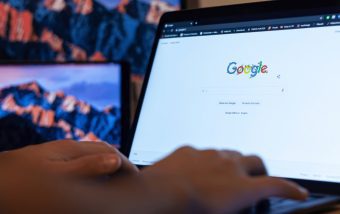How To Know If Someone Blocked You On iMessage? 5 Secret Hacks!
Apr 16, 2025

Apr 16, 2025

Apr 16, 2025

Apr 15, 2025

Apr 11, 2025

Apr 11, 2025

Apr 11, 2025

Apr 08, 2025

Mar 29, 2025
Sorry, but nothing matched your search "". Please try again with some different keywords.


Question: in multi-channel funnel reports, how are default conversions credited?
Answer: Last campaign, search, or ad
Here is another MCQ for the Google Analytics test exams. The third option from the given alternatives is the real answer.
Multi-Channel Funnel reports are essential insights that a business can incorporate into its future marketing initiatives going forward. These reports contain data regarding how your customer has interacted with your website (starting from their first interaction till their conversion).
It is decisive to understand how a default conversion gets credited through Google Analytics. Businesses can later make better and more informed decisions using these insights.
In this article, I will help you learn how default conversions get credited in the Multi-channel Funnel reports.

How are default conversions credited in multi-channel funnel reports? Before we answer that question, let’s learn a little about default conversions. Default conversions are associated with the last non-direct clicks in the conversion path of the users.
You can also see it this way – when a user visits your website through one of your paid ad campaigns and leaves, only to return through direct search and complete a purchase, it is attributed to the paid search ads.
Read More: Simple Ways To Improve Your Ecommerce Conversion
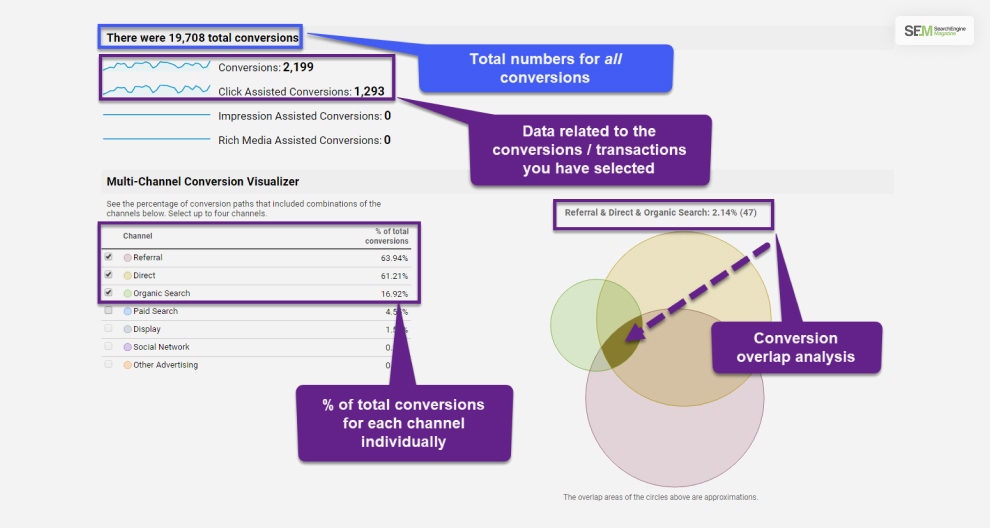
Now that you have an idea about default conversions and how they work, let’s dive into the main topic.
By default settings, the Multi-channel Funnel Reports credits the default conversions to the last click (NON-DIRECT) in the conversion path. This happens just like regular conversion reports.
However, it is essential to know that Multi-channel funnel reports provide an option to credit default conversions in a different way. This model is called the “Last Interaction” option. It includes all the conversions (including default conversions) into the last interaction, irrespective of whether it is a direct visit or not.
Why is the default attribution model that important? The reason is – it can lead to businesses underestimating lots of default marketing channels that drive massive direct traffic. As an example – suppose your user sees your business ad on social media through ads. But, instead of clicking on the ads, they reach your website through direct search and complete a purchase. This conversion will get attributed to the direct traffic section, not social media.
This can make social media lose its priority as a marketing channel. But using the “last interaction model” can make a business overestimate the influence of direct traffic because all conversions are credited to the last interaction.
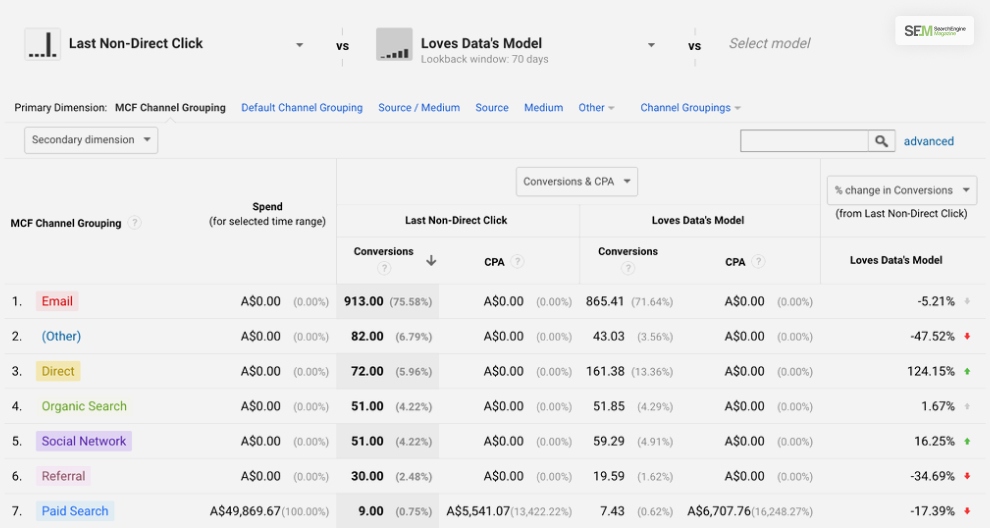
Now ,it might become a little difficult for you to choose the attribution model that is best for you. But, it will be clearer once you see from the perspective of your specific business goals and marketing strategies.
If you want to have a clear understanding of the roles each of the channels plays in driving conversions, then you need to choose the “Last Interaction model.” However, you should not give up on default attribution models; they are still widely used and can offer important insights regarding the performance of a marketing channel.
Also, you should note that changing your attribution model will impact the historical data. So, be careful and consider different potentials and possibilities before making any changes.
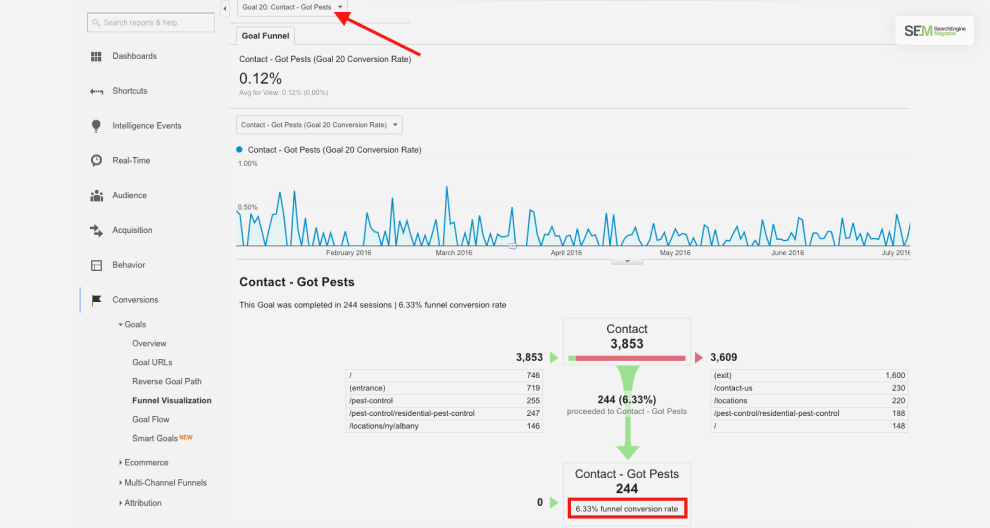
The reports credit the channels according to their roles in driving conversions on the page. It includes data related to how often they have helped complete a conversion or assisted with the conversion. You can better interpret the contribution by reading about – analyze channel contribution.
By looking at the top conversion paths, you get to learn about the conversion paths your customers have chosen as their way of purchase. You can also use the time lag and path length reports to see how long it took for the audience to convert.
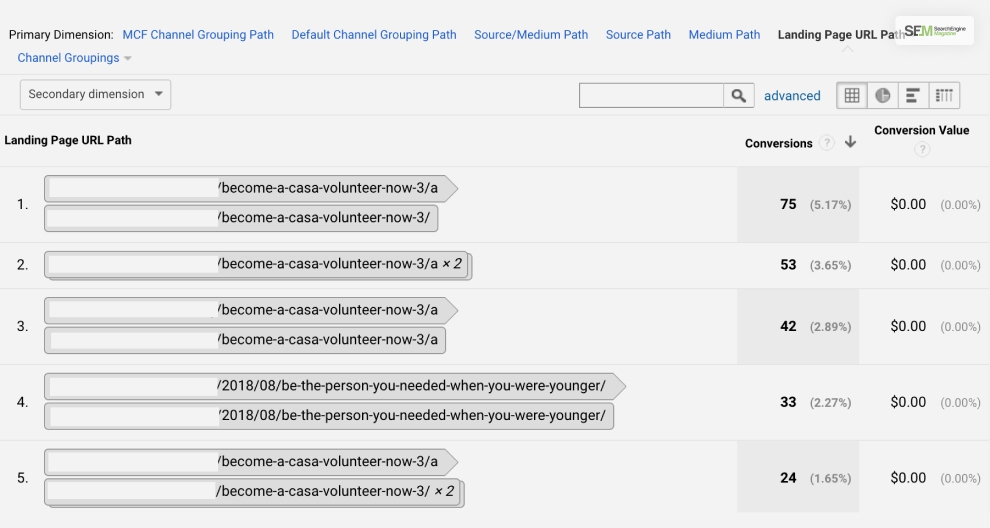
If you want to see the multi-channel funnel reports, follow the steps below.
Read More: How Do Upgraded URLs Help Advertisers With Third-Party Conversion Tracking?
To conclude, default conversion gets credited to the last non-direct click in the conversion path of a user by default in Google Analytics Multi-Channel Funnel Reports. But it is still up to you and your business and marketing requirements to decide which attribution model to use. And as I have said before, you should consider all the possible changes before making any changes to your attribution model. I hope that you have found the proper answer to your question – in multi-channel funnel reports, how are default conversions credited?
However, if there are additional questions, please let us know through the comment section. We will check them out and provide you with an answer as soon as possible.
Read Also:
Shahnawaz is a passionate and professional Content writer. He loves to read, write, draw and share his knowledge in different niches like Technology, Cryptocurrency, Travel, Social Media, Social Media Marketing, and Healthcare.
View all Posts
How To Know If Someone Blocked You On iMessag...
Apr 16, 2025
7 Website Design Mistakes That Are Hurting Yo...
Apr 16, 2025
Programmable Dynamic SEO for Location-Based P...
Apr 15, 2025
Google Boba Game: How To Play This Fun Game B...
Apr 11, 2025
Which Is The Best Video Search Engine Of 2025...
Apr 11, 2025